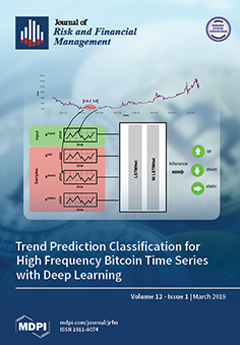Determining distributions of the functions of random variables is a very important problem with a wide range of applications in Risk Management, Finance, Economics, Science, and many other areas. This paper develops the theory on both density and distribution functions for the quotient
and the ratio of one variable over the sum of two variables
of two dependent or independent random variables
and
by using copulas to capture the structures between
and
. Thereafter, we extend the theory by establishing the density and distribution functions for the quotients
and
of two dependent normal random variables
and
in the case of Gaussian copulas. We then develop the theory on the median for the ratios of both
Y and
Z on two normal random variables
and
. Furthermore, we extend the result of median for
Z to a larger family of symmetric distributions and symmetric copulas of
and
. Our results are the foundation of any further study that relies on the density and cumulative probability functions of ratios for two dependent or independent random variables. Since the densities and distributions of the ratios of both
Y and
Z are in terms of integrals and are very complicated, their exact forms cannot be obtained. To circumvent the difficulty, this paper introduces the Monte Carlo algorithm, numerical analysis, and graphical approach to efficiently compute the complicated integrals and study the behaviors of density and distribution. We illustrate our proposed approaches by using a simulation study with ratios of normal random variables on several different copulas, including Gaussian, Student-
t, Clayton, Gumbel, Frank, and Joe Copulas. We find that copulas make big impacts from different Copulas on behavior of distributions, especially on median, spread, scale and skewness effects. In addition, we also discuss the behaviors via all copulas above with the same Kendall’s coefficient. The approaches developed in this paper are flexible and have a wide range of applications for both symmetric and non-symmetric distributions and also for both skewed and non-skewed copulas with absolutely continuous random variables that could contain a negative range, for instance, generalized skewed-
t distribution and skewed-
t Copulas. Thus, our findings are useful for academics, practitioners, and policy makers.
Full article




